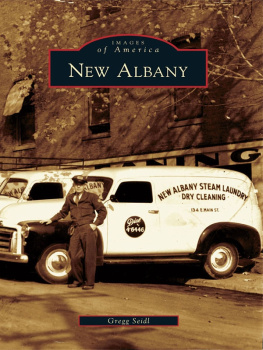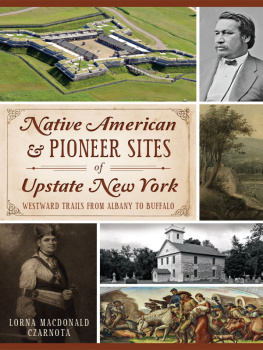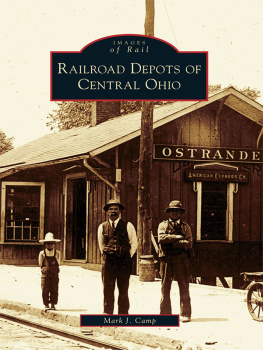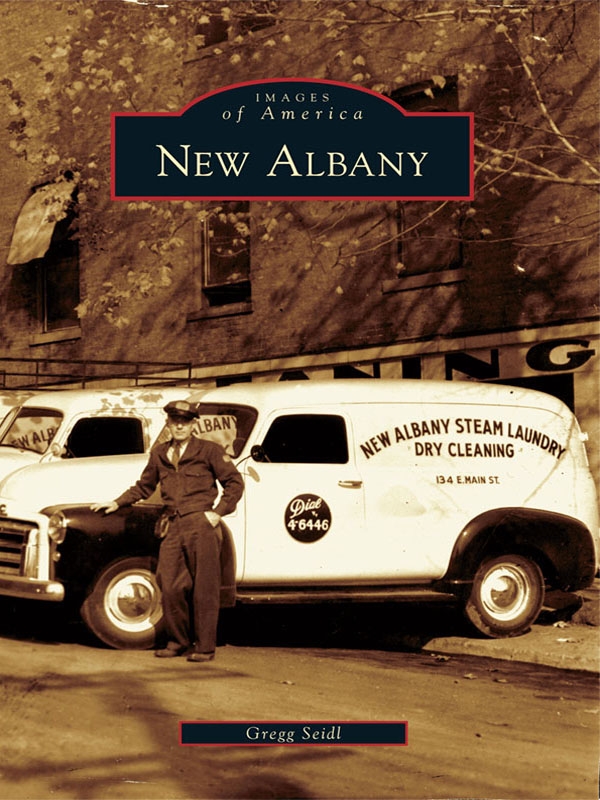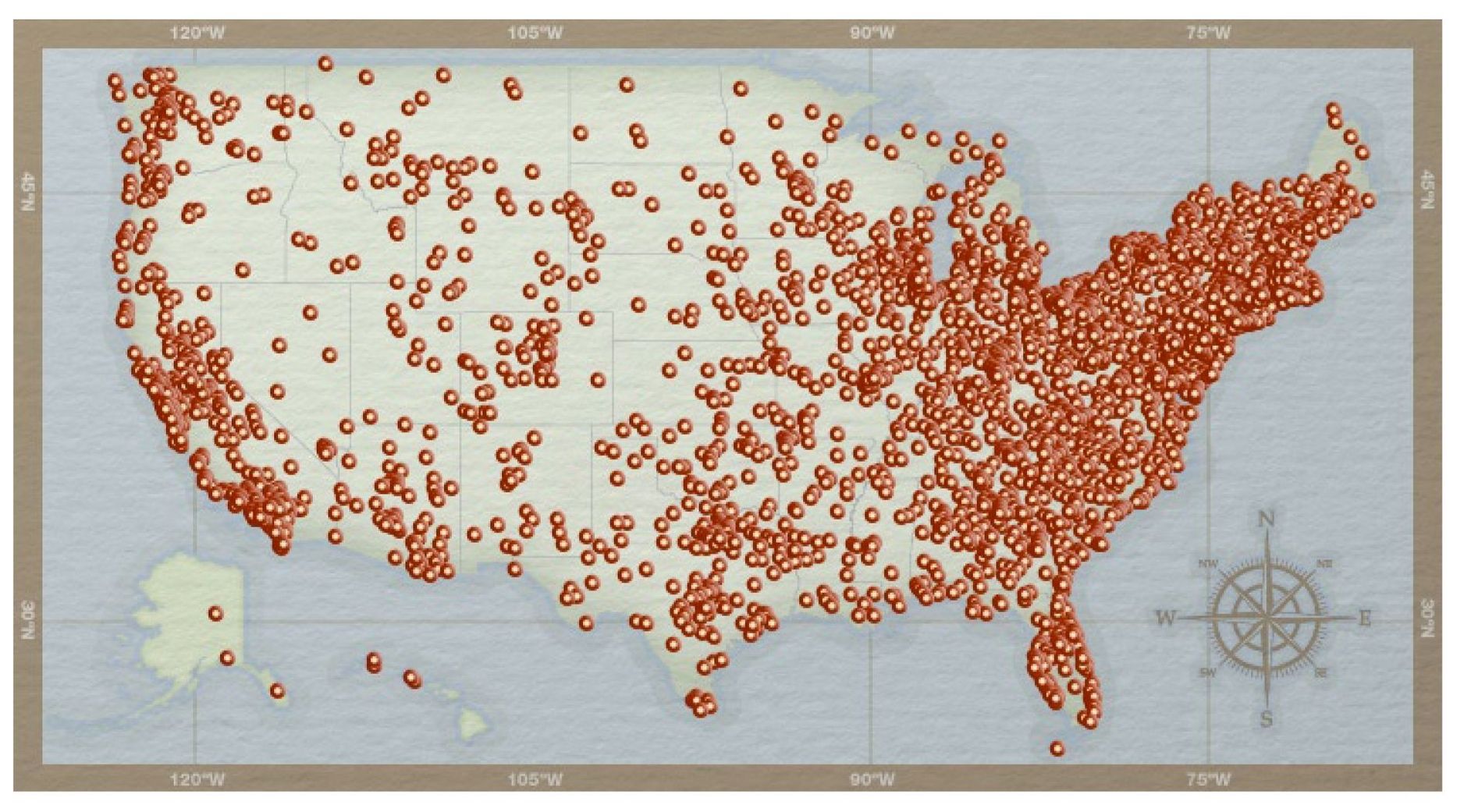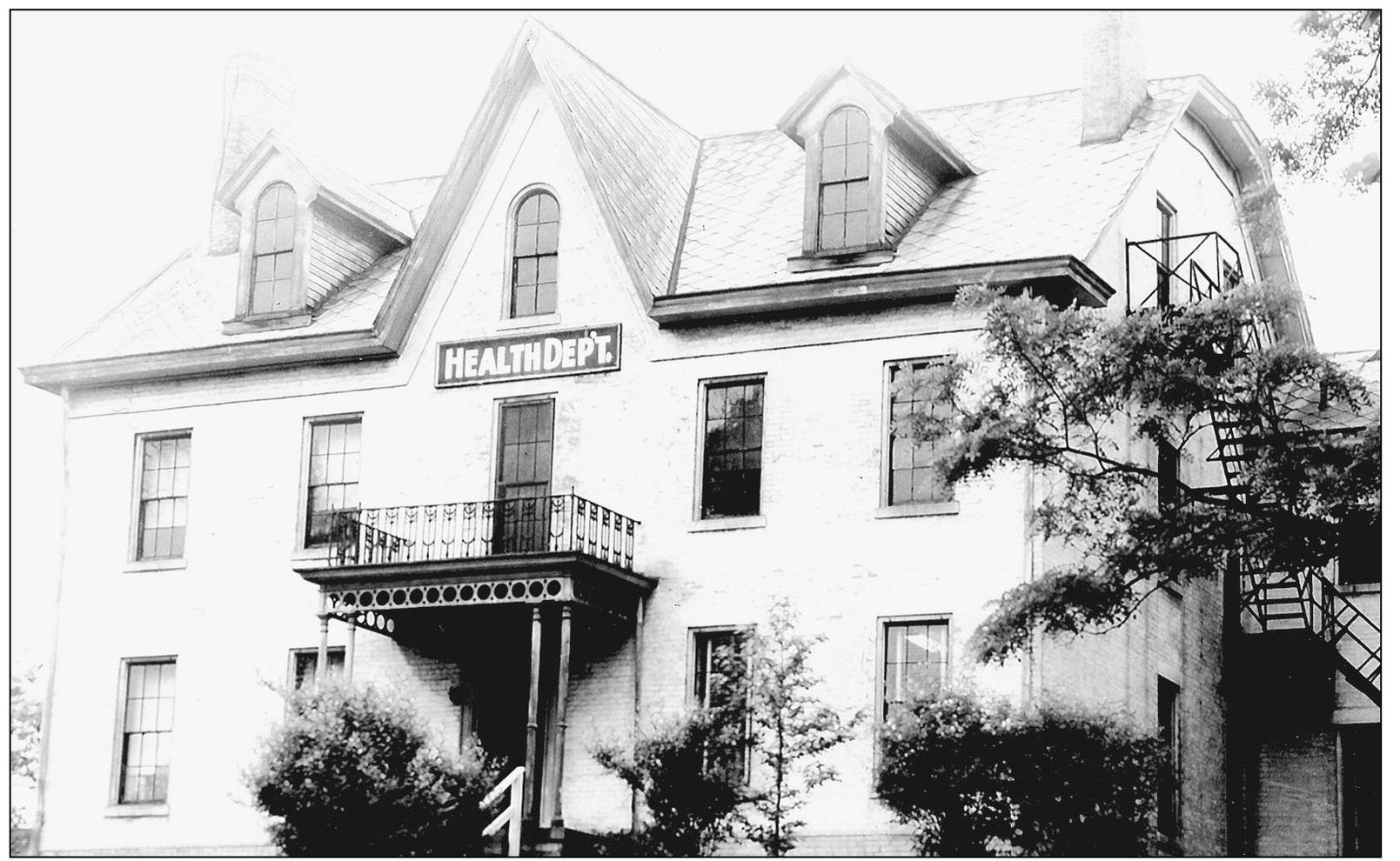ACKNOWLEDGMENTS
This is a book about New Albany, Indiana, and the people who have called the city home. Some stayed only a night, but many of the surnames of the towns first settlers are found in contemporary city directories. Their experiences along the banks of the mighty Ohio River left imprints, however faint, on the sidewalks and streets of the town, and this book tells but a few of their stories.
Several New Albanians shared their time and treasured family photographs with me. I want to thank Janis Bilbro, Kim Campbell, Pastor Billy Craddock, Nancy Ford, Rachel Hogan, Mickey Kahl, Sandy Kirk, Terry Middleton, Ramon at Los Indios, Charles Spencer, Joseph Stein, Bill Volkmer, Antoinette Waughtel, and Joe and Wilma Zink. I want to extend a special thank-you to Sharon Gullett, who allowed me to mangle her treasured family scrapbooks, and to Floyd County historian, author, and educator David Barksdale, who took time from his busy schedule on numerous occasions to share with me his photographs and vast knowledge of New Albanys history. Thanks to the staff of the Indiana Room in the New Albany-Floyd County Library, Lynn Rueff, Greg Rothenberger, Betty Menges, Patricia Foster, Beth Nolan, and Nancy Strickland, for their hard work and generous contributions to this book.
Nancy Falkenstein, Tresa Reynolds, Jerry Rogers, Shirley Schultz, and Dr. William Sweigart are but a few of the teachers who shaped my writing skills and made this book possible. Walt Jackson and Patricia Spencer in the Writing Center at Indiana University Southeast have also provided me with direction over the years, and if not for the patient guidance of my mentor, Dr. John Findling, I would be dodging spitballs in an eighth-grade grammar class instead of writing this. John I owe you a debt I intend to repay one beer at a time.
I especially wish to thank my editor at Arcadia, Anna Wilson, for giving me this wonderful opportunity. Thanks to the entire staff at Arcadia for making this a pleasant and rewarding experience.
Finally I want to extend my deepest appreciation to my underpaid, overworked, most appreciated, and much loved fianc/assistant/confidant, Corine Miller, for her patience, understanding, and support. Thanks to you, Corine, I believe I can fly.
My sincerest apologies are extended to anyone I have inadvertently omitted.
Find more books like this at
www.imagesofamerica.com
Search for your hometown history, your old
stomping grounds, and even your favorite sports team.
One
AROUND TOWN
New Albany has changed. Some 350 million years before the Scribners felled the first tree, New Albany was covered by a huge inland sea inhabited by strange creatures and exotic plants. The ocean receded, and glaciers sculpted the flat seabed into the deep ravines and steep hillsides that surround the city today. Tornados and floodwaters also reshaped the terrain. But, of all the forces that have altered the landscape, none has had a more permanent impact than man.
When the Scribners laid out the town, the city stretched from the river north to where Oak Street is today, and from East Fifth to West Fifth Streets. State Street was the centerline of the town. Water Street (River Road) was 100 feet wide, and High (Main), Market, and Spring Streets were 80 feet across. The deep and spacious lots lining the broad streets were first offered at public auction on November 2 and 3, 1813. William B. Summers, the first winning bidder, paid $234 for a 60 by 120 foot lot stretching from High Street to Upper First (Pearl) Street.
Five years later, Gershom Flagg, emigrating from New England to Illinois, recorded his impression of the New Albany area in a letter to his brother: Got tossed about some at the fall of the Ohio opposite Louisville ... the large boats & Steam Boats cannot pass except in the Spring or fall [sic]. It is a very dismal looking place. Flagg would not recognize the beautiful city the dismal looking place has become.
Over the years, New Albany annexed huge tracts of surrounding Floyd County land. The largest, in 1956, doubled the physical size of the city, added almost 7,000 new residents, and immediately enlarged the city coffers by $9 million. The New Albany/Floyd County area continues to grow in size, stature, and prosperity, and although the landscape has changed, many today will recognize several of the scenes of yesteryear contained in this chapter.
NEW ALBANYS OLDEST HOME. Joel Scribner built this clapboard house, the first frame dwelling in the city, in 1814. Compared to its log cabin neighbors, the home, pictured here around 1904, was spacious and elegant. The rooms on the first floor were primarily used for socializing and dining. The second floor held two bedrooms and a nursery, and the Scribner children used the third floor as a play area. The kitchen was in the basement of the home. Double porches on the rear of the house provided spectacular views of the mighty Ohio River and the bustling waterfront of the fast growing settlement. The Piankeshaw Chapter of the Daughters of the American Revolution bought the property from Harriet Scribner in 1917, and allowed her to live in the home until her death in 1932. Today the shining white house and its beautiful gardens provide a peaceful oasis on the busy corner of State and Main Streets. (Courtesy Indiana Room.)
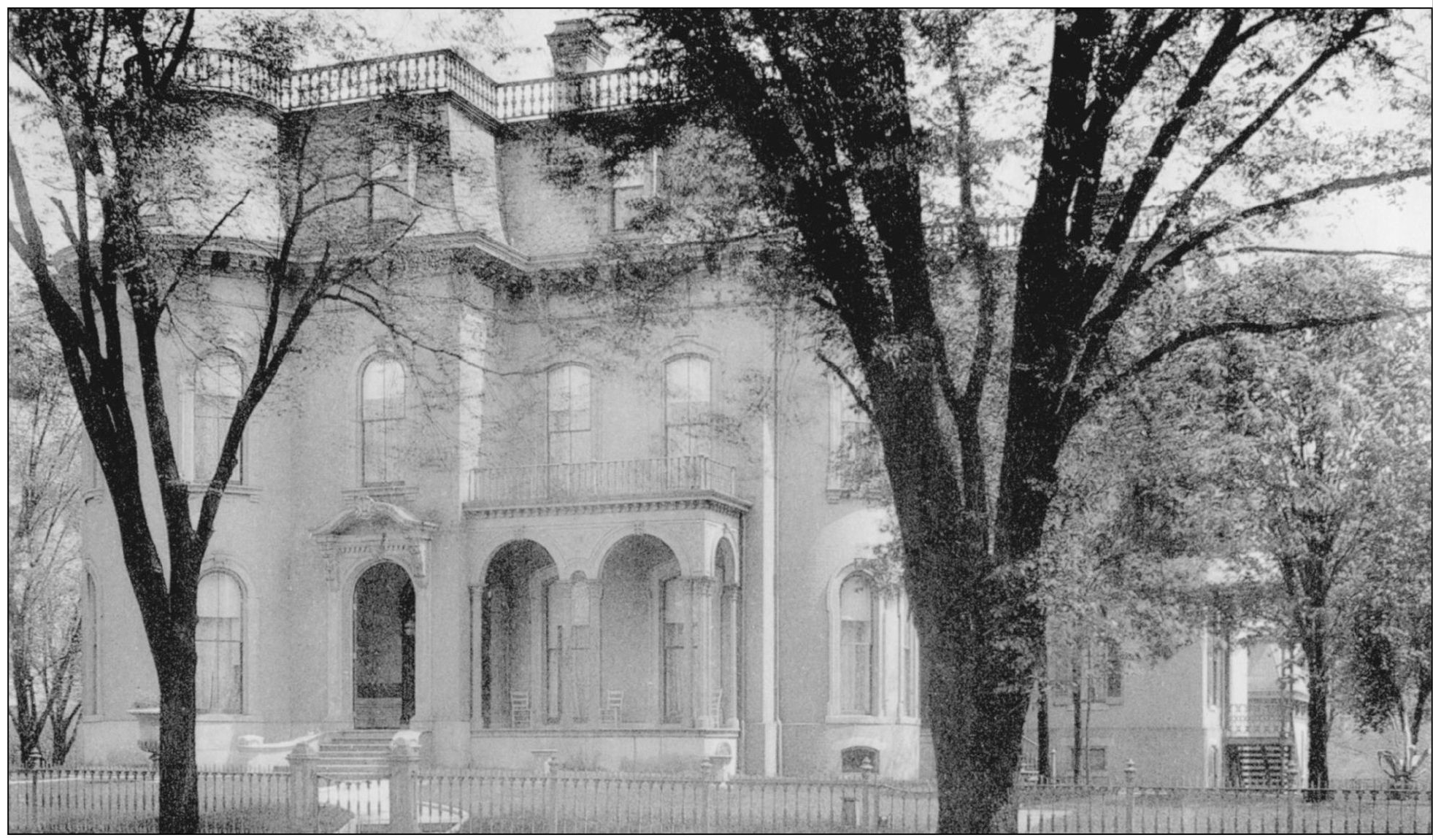
THE CULBERTSON MANSION. William Culbertson bought an entire city block on the eastern edge of town in the early 1860s to build this spectacular French Second Empirestyle home for his wife Eliza, but a shortage of skilled laborers delayed construction until the Southern Rebellion was suppressed, and Eliza never lived in the magnificent home on Main Street. She died of typhoid pneumonia in 1865.Culbertson married his second wife, Cornelia, on January 10, 1867, and the couple lived in the 20,000 square foot mansion until her death on October 18, 1880. At the age of 70, Culbertson married his third wife, Rebecca Keith Young, and the newlyweds filled the 25-room home with art, furniture, and curiosities they found on their six-month honeymoon adventure through Europe, Asia, and Africa. His youngest daughter, Blanche, accompanied them on their trip. After his death in 1892, Rebecca bought a home in Louisville, Kentucky, because Louisville had one very important amenity most of New Albany lackedelectricity. The mansion was leased out while Culbertsons heirs battled in court, and when John McDonald eventually bought the home at auction, he paid only $7,100; construction had cost approximately $120,000. (Courtesy Indiana Room.)
CORNELIA CULBERTSON MEMORIAL ORPHANAGE. To honor Cornelia, William Culbertson had this orphanage built on Ekin Street in 1882 for a reported $22,000. The children who lived here were given one issue of clean underclothing a week, after their weekly bath on Saturday. When the orphanage closed, the Floyd County Health Department used the building, which was eventually razed to make room for an apartment complex. (Courtesy the Cody Collection.)

